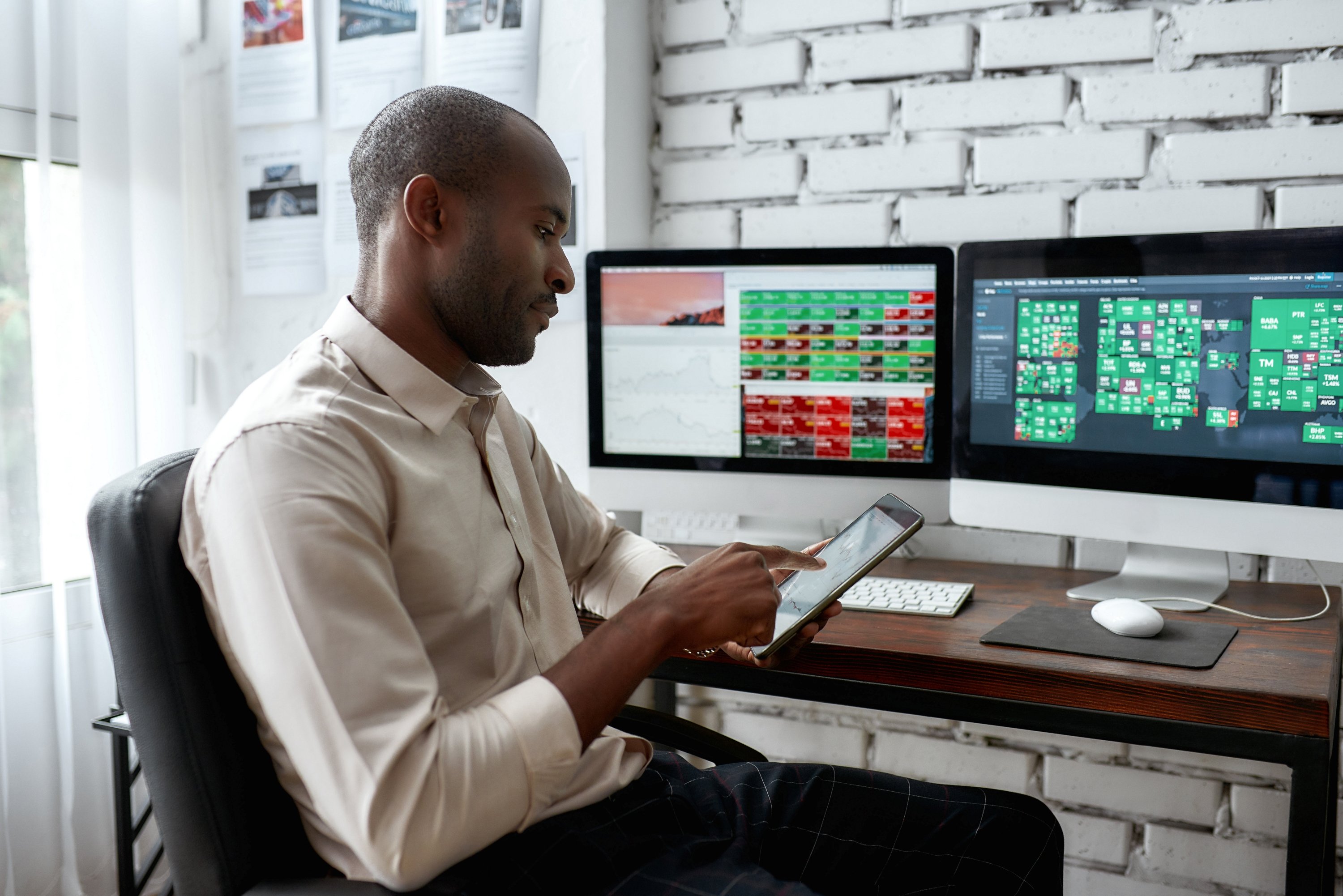Over the last couple of months, there has been one word largely dictating the direction of the stock market: tariffs.
For the first time in nearly two years, artificial intelligence seems to have been replaced by tariffs as the buzzword on every investor's lips following President Donald Trump's "Liberation Day" tariff announcements on April 2.
Since then, investors have been bombarded with a flurry of headlines and reports of negotiations with major trade partners such as the E.U. and China. Meanwhile, industry experts have tried to analyze the industries and product groups most vulnerable to the new tariffs.
In the wake of these developments, a new market strategy has been making the rounds on Wall Street as well: the "TACO" trade. Let's understand what this acronym means, and more importantly, explore how investors can take advantage of it.

President Donald Trump signs the guest book at the superintendent quarters at West Point Military Academy, Saturday, May 24, 2025. (Official White House Photo by Daniel Torok)
What is the TACO trade?
Let's start with the basics. TACO is an acronym that stands for "Trump always chickens out." But what does this actually mean?
Per the nifty chart below, a clear pattern emerges every time Trump announces new tariffs and subsequently pulls back on these policies.
There's a new trade on Wall Street called the "TACO trade." pic.twitter.com/NArOVyh9q1
-- Brew Markets (@brewmarkets) May 28, 2025
Ratcheting up the tariff rhetoric has consistently sent the S&P 500, Nasdaq Composite, and Dow Jones Industrial Average into a tailspin. However, whenever President Trump has chosen to reverse course, stocks begin to rebound as you can see in the S&P 500 chart above.
Said another way, every time Trump feels the pressure and "chickens out," per se, on his most severe trade policies, investors quickly buy up stocks again. Thus, the TACO trade is essentially another way of saying "buy the dip."

Image source: Getty Images.
This ETF looks primed to thrive in a TACO trade
The pattern described above reflects how stocks have broadly rebounded over the last several weeks as new trade deals materialize. That said, many of these tariff negotiations are still ongoing, and details could change overnight, so investors should look for diversified opportunities as opposed to honing in on an individual sector.
One of the best examples of such an opportunity is the Vanguard S&P 500 ETF (VOO +0.19%). This monster ETF is built to mimic the performance of the S&P 500, and it's the largest of its kind with over $650 billion in assets under management. Owning the Vanguard S&P 500 ETF provides passive exposure to the stock market's biggest companies across a variety of industries.
Moreover, the ETF is weighted by market cap, meaning giants like Nvidia, Microsoft, Apple, Berkshire Hathaway, and Eli Lilly contribute more to the fund's performance.
Data by YCharts.
The chart above illustrates the total return for the Vanguard S&P 500 ETF since its inception. I've also annotated U.S. recessions, which are marked by the grey shaded columns.
The big takeaway here is that despite economic slowdowns, the S&P 500 has remained quite resilient. Stock prices generally rise over long time horizons, and investing in the S&P 500 remains a simple, winning strategy.
Why now is the time to pounce
While the TACO trade suggests timing the market by investing when Trump ratchets up his tariff rhetoric, the most prudent strategy is to buy into the Vanguard S&P 500 ETF at regular intervals. This practice is known as dollar-cost averaging, and it can mitigate risk by lowering your average cost per share, reducing the impact of short-term volatility, and encouraging consistent investing.
Based on this year's choppy results, in combination with the long-run performance of the S&P 500, carving out a portion of your portfolio for the Vanguard S&P 500 ETF remains a solid move, regardless of what Wall Street has to say about the TACO trade.







